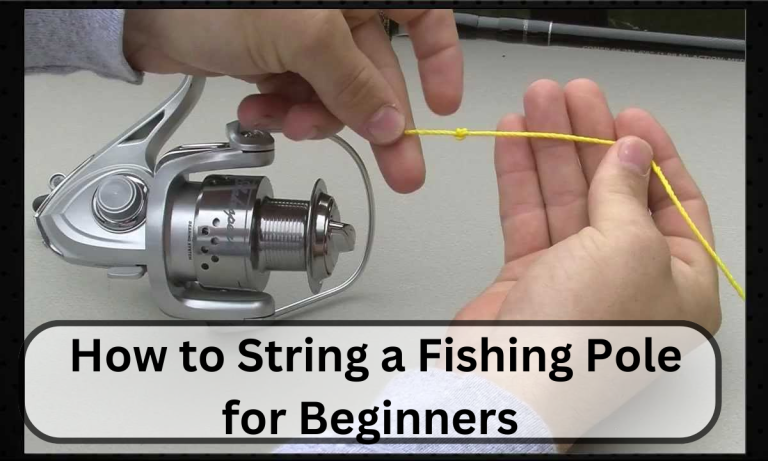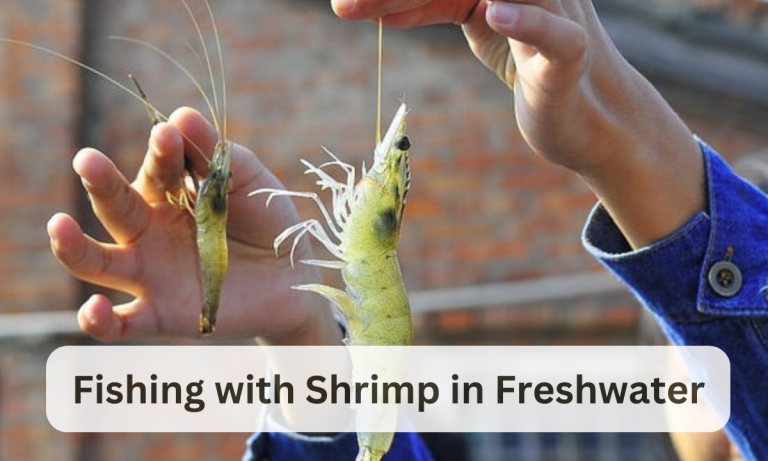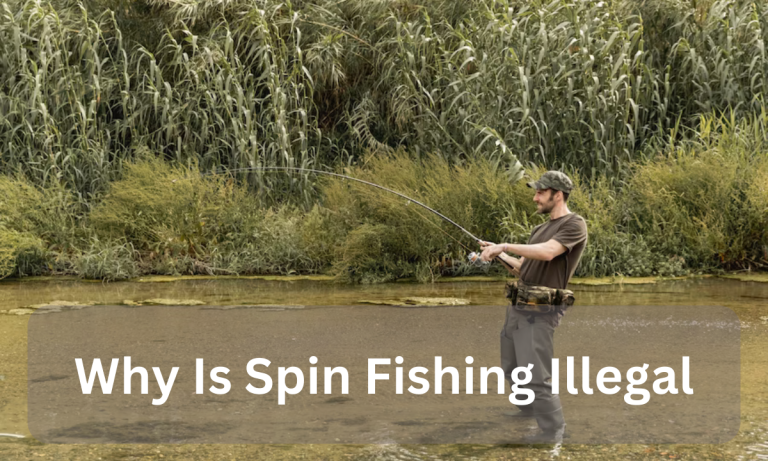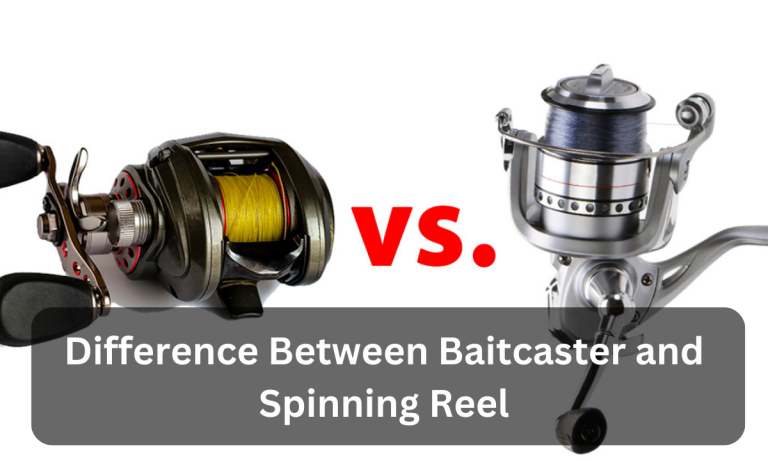Wet Fly Fishing in the Fall
Fall is a time of transition from Summer to Winter with many changes in fishing locations as well. Therefore, the anglers are bound to modify both their strategies as well as fishing equipment for wet fly fishing in the fall. Similarly, there are many wet fly-fishing opportunities as wet fly fishing in the fall is one of the most enjoyable fishing activities of the year.
Some of these changes include:
- Water temperature.
- Water is as clear as a crystal.
- The lower level of streams.
- Colorful stream foliage on stream sides to make your day. `
During wet fly fishing in the fall, every day is a new and wonderful experience. The fall season reduces the stress and pressure on fish, unlike Summer.
So, in this article, we shall bring into the limelight some of the most important tactics regarding wet fly fishing in the fall.

Wet Fly Fishing in the Fall: Tactics
Hints of fall start appearing from September which reaches its peak in November where open water will reward you a lot for your fishing efforts. The tactics for wet fly fishing in the fall are being discussed below:
- Adjustment to Lower Water
Rivers and other water bodies are at their lowest during fall. Therefore, your targets are possible to be found in small water places like creeks and streams.
Adjustment to lower water during wet fly fishing in the fall must be accompanied by cautious movement. The anglers must stay hidden to avoid distracting the fish and they might dart for covers.
- Prioritize Streamers
Streamers are the best choice to go for wet fly fishing in the fall although they prove productive in Spring and Summer as well. However, go with some bigger colors to attract more fish like trout. These colors include: brown, black, and olive not to miss out on white under certain water conditions.
- Terrestrials Are Useful
Terrestrials include:
- Ants
- Beetles.
- And hoppers work best during summer as well as September.
- Egg Pattern
Egg pattern fly might be one of your go-to choices in some water conditions especially where brown trout is found in abundance.
- Keep Changing the Location
Keep changing the location because the fast movement of water is not ideal for holding fish like trout during the fall but the slower movement and holes are most likely to keep more fish.
- Utilize Bad Weather
For wet fly fishing in the fall, the worst weather turns out to be the best weather for fly fishing when various fish like salmon start moving into the rivers.
Wet Fly Fishing in the Fall: Best Flies
Here is the list of a few best flies to catch more fish:
- Wooly Bugger is a plain and simple fly and one of the best choices for fall fishing especially when trout migrate to deep pools for winter preparation.
- Zebra Midge is part of 50% food of the trout during fall and winter.
- Elk Hair Caddis are very active when the water temperature is between 52-54. When it gets dusk, the elk hair caddis will return to the water to lay eggs and this is the time to target trout coming for caddis.
- Soft Hackle Bead Head Yellow is not going to let you down when other flies fail to catch fish.
- Chubby Chornobyl is the ideal fly to target trout in deep pools along the banks.
Conclusion
Wet flies imitate insects and baitfish to catch trout and other fish species during the fall. The following things must be kept in mind for wet fly fishing in the fall:
As discussed above, the wet flies imitate different insects like mayflies, caddisflies, and stoneflies to attract and catch trout and other species.
Fall temperature keeps on changing. Therefore, understanding the water temperature during the fall is key. Hence, it is important to target those areas where water is warmer because fish are more active than to be grabbed.
Another technique for wet fly fishing in the fall is swinging the fly. Here the casting is made downstream to let the current swing the fly across the water to invite strike from the fish.
The timing of the hatches and the behavior of the fish are key. For fall fishing, early morning and late afternoons are ideal times.
Another important factor for wet fly fishing in the fall is adaptability to weather conditions for successful fishing.
FAQs
- What is the best time for wet fly fishing in the fall?
Ans. For fall fishing, early morning and late afternoon are ideal timings because cooler waters keep the fish active.
- What water conditions are ideal for wet fly fishing in the fall?
Ans. The areas of water where water flow and depth are moderate are ideal for wet fly fishing in the fall. When the temperature is low, the fish move slower and deeper.
- How to deal with varying water conditions?
Ans. Adaptability to water conditions is also very key. Bring rain gear, dress in layers, and be prepared for abrupt weather conditions.
- What are some safety plans for wet fly fishing in the fall?
Ans: Adopt the following safety measures for wet fly fishing in the fall:
- Be careful of slippery rocks and leaves near the water.
- Someone else should be aware of your fishing plans.
- In case of fishing in a boat or with strong currents, don’t forget to wear a personal flotation device.





